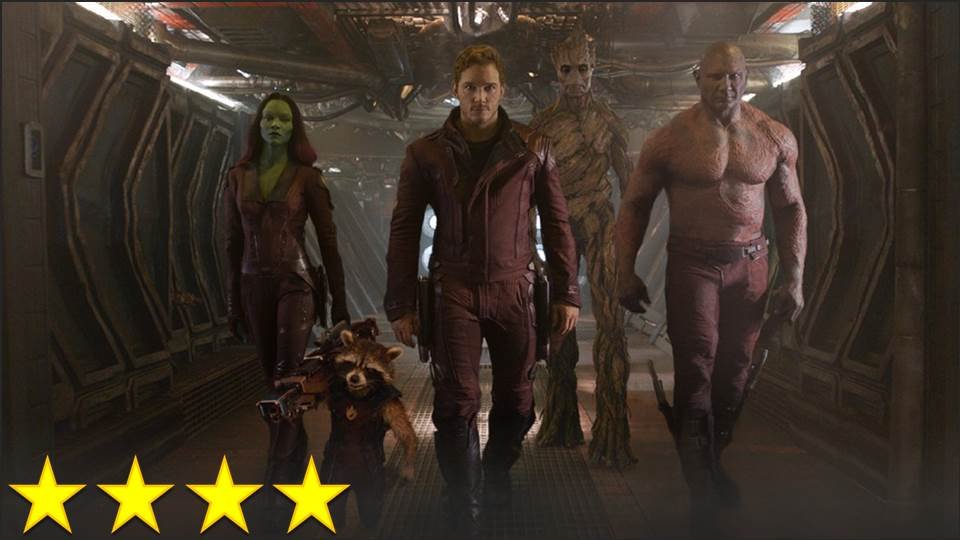I was brought here by The Question. It’s the question that’s been playing in my head on a loop ever since I first started studying film. It’s the question I, as a movie buff, have been asked more than any other: “What do you think of The Matrix?”.
Really. This actually happens.
Whenever someone hears that I’m a film major, they’ll ask me about my favorite film or director, what kind of movies I’d like to make, and what I think of The Matrix. Sometimes they’ll ask about Christopher Nolan movies, of which I have seen very few, but usually it’s The Matrix. But do you know what the answer to The Question is?
It’s fine.
It’s a perfectly fine movie. It’s creative, visually impressive, and kinda fun. So why does everyone care so much what the movie buffs think of it?
I can only assume it’s because the average moviegoers think there’s much more to this film than they can grasp in one viewing. They see a certain depth to it – an intellectual, philosophical quality – and they think that we film students hold the key to seeing just how brilliant it is. Once the average viewer realizes that Neo’s life parallels that of Jesus Christ, he/she can’t help but wonder what other messages and analogies the movie contains that are only visible to those in the know.
Well, I have good news: I do know the key to understanding everything that this film is about … but, believe it or not, I didn’t learn this from studying film. I learned it because I study philosophy. Every philosophy student should know where I’m going with this.
Do you want to know what this movie is really about? Do you want me to spoil it for you? If not, you can just click the ‘X’ for this tab and go back to browsing the rest of the web, and you’ll continue to see The Matrix as the same work of genius you’ve always thought it was. But, if you want to know the truth, click the line below. A warning: once you know the truth, there’s no going back.




